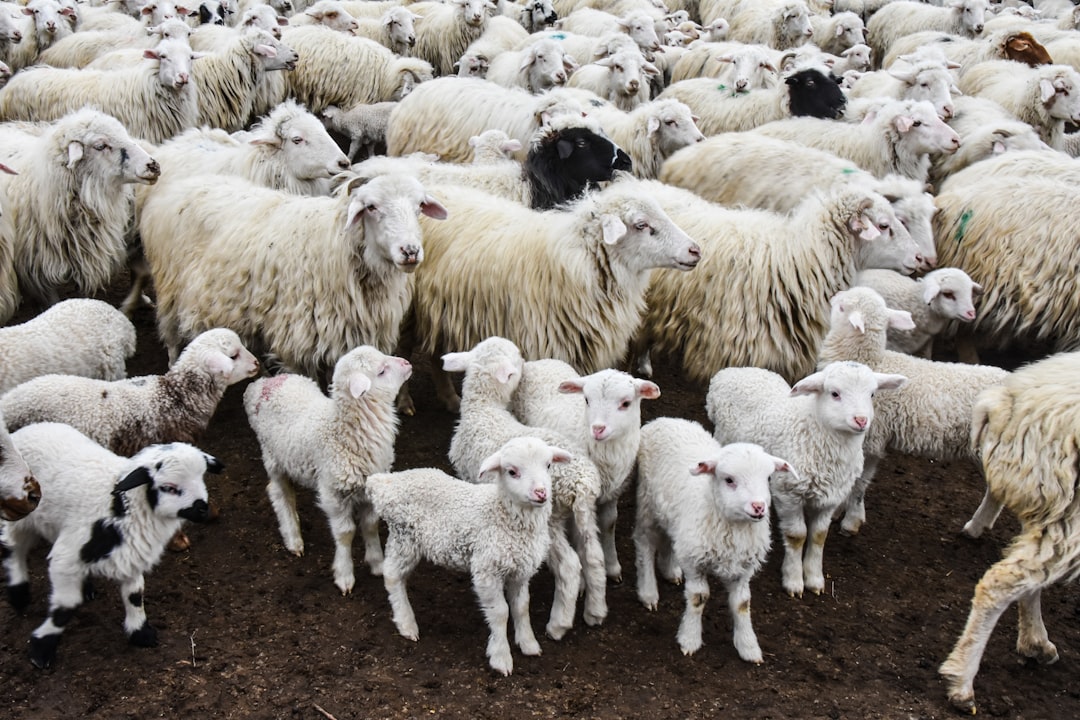A comprehensive herd health plan is essential for maintaining the health and productivity of your livestock. This plan involves a holistic approach to disease prevention, early detection, and treatment, ensuring that your herd thrives in optimal conditions. In this blog post, we will explore the key components and strategies for developing an effective herd health plan.
Importance of a Herd Health Plan
A well-designed herd health plan offers several benefits:
-
Disease Prevention: By implementing preventive measures such as vaccinations and biosecurity protocols, you can reduce the risk of disease outbreaks and minimize the use of antibiotics.
-
Early Detection and Treatment: Regular health checks and monitoring enable early detection of health issues, allowing for prompt intervention and reducing the severity of diseases.
-
Improved Productivity: Healthy animals grow faster, reproduce more efficiently, and produce higher-quality products, leading to increased profitability.
Key Components of a Herd Health Plan
A comprehensive herd health plan should include the following elements:
-
Background Information: Start by documenting key details about your farm, including the farm address, contact information for key personnel, and details about your herd such as numbers, breeds, and age.
-
Record Keeping and Monitoring: Maintain accurate records of vaccinations, health checks, and any treatments administered. Regular monitoring helps identify trends and potential health issues early.
-
Prevention Strategies: Develop a biosecurity plan to minimize disease introduction, including protocols for new animal introductions, visitor restrictions, and sanitation practices.
-
Vaccination Programs: Work with a veterinarian to create a vaccination schedule tailored to your herd's specific needs and regional disease risks.
-
Nutrition and Housing: Ensure that your animals receive a balanced diet and are housed in clean, safe conditions that promote health and well-being.
Implementing the Plan
Effective implementation requires collaboration and ongoing management:
-
Veterinary Partnership: Work closely with a veterinarian to develop and regularly review your herd health plan. They can provide valuable insights into disease prevention and treatment.
-
Annual Reviews: Update your plan annually to reflect changes in your herd, new disease risks, or advancements in veterinary care.
-
Training and Education: Ensure that all farm staff are trained on the plan's components and understand their roles in maintaining herd health.
Conclusion
Developing a comprehensive herd health plan is crucial for maintaining a healthy and productive livestock operation. By focusing on prevention, early detection, and collaboration with veterinary professionals, you can enhance animal welfare, reduce disease risks, and improve overall farm efficiency. As the livestock industry continues to evolve, embracing these strategies will be essential for sustainable and resilient farming practices.
Citations:
- https://www.drovers.com/news/beef-production/establish-complete-herd-health-plan
- https://dicoagroecologie.fr/en/dictionnaire/integrated-management-of-animal-health/
- https://www.farmhealthonline.com/veterinary-questions/animal-health-planning/
- https://www.farmbrite.com/post/pro-tips-for-livestock-health-care-and-wellness
- https://lethbridgeanimalclinic.com/blog/routine-herd-health-management-checks-for-cattle/
- https://bdvets.com/blog/livestock-health-management-a-veterinary-guide-to-cattle-wellness
- https://www.canr.msu.edu/news/what-does-a-herd-health-plan-look-like
- https://www.farmhealthonline.com/en/health-welfare/cattle/management/

Comments
No comments yet. Be the first to comment!
You must be logged in to comment. Login